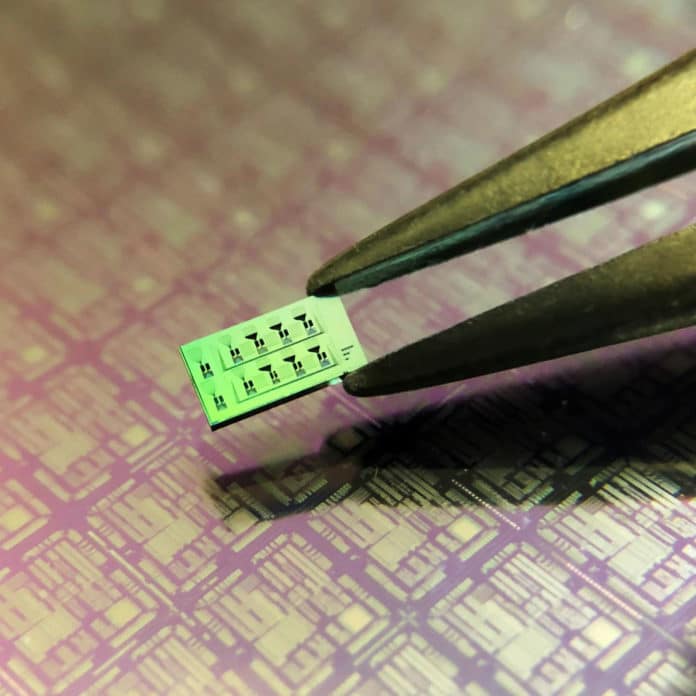Ultrasound has been a popular medical imaging technique for many years. The method uses high-frequency sound waves and their echoes.
Ultrasound detectors use high-frequency sound waves to image objects and measure distances, but the detecting element’s physical dimensions limit these readings’ resolution.
Reducing this size leads to higher resolution and can offer smaller, densely packed one or two-dimensional ultrasound arrays with improved ability to discriminate features in the imaged tissue or material. However, further reducing the size of piezoelectric detectors impairs their sensitivity dramatically, making them unusable for practical application.
Silicon photonics technology is widely used to miniaturize optical components and densely pack them on a silicon chip’s small surface. Despite the fact that silicon is a poor conductor of electricity, it can confine light in dimensions smaller than the optical wavelength.
Scientists at Helmholtz Zentrum Munchen and TUM profited by the benefits of those miniaturized photonic circuits and developed the world’s smallest ultrasound detector- the silicon waveguide-etalon locator, or SWED. Instead of recording voltage from piezoelectric crystals, SWED monitors changes in light intensity engendering through the miniaturized photonic circuits.
This ultrasound detector is based on miniaturized photonic circuits on top of a silicon chip. With a size 100 times smaller than an average human hair, the new detector can visualize features that are much smaller than previously possible, leading to what is known as super-resolution imaging.
Rami Shnaiderman, developer of SWED, said, “This is the first time that a detector smaller than the size of a blood cell is used to detect ultrasound using the silicon photonics technology. If a piezoelectric detector was miniaturized to the scale of SWED, it would be 100 million times less sensitive.”
Prof. Vasilis Ntziachristos, lead of the research team, said, “The degree to which we were we able to miniaturize the new detector while retaining high sensitivity due to the use of silicon photonics was breathtaking. The SWED size is about half a micron (=0,0005 millimeters). This size corresponds to an area that is at least 10,000 times smaller than the smallest piezoelectric detectors employed in clinical imaging applications. The SWED is also up to 200 times smaller than the ultrasound wavelength employed, which means that it can be used to visualize features that are smaller than one micrometer, leading to what is called super-resolution imaging.”
As the technology capitalizes by the robustness and simple manufacturability of the silicon platform, large quantities of detectors can be created at a small fraction of the cost of piezoelectric detectors, making mass-scale production feasible. This is significant for building up different detection applications dependent on ultrasound waves.
Shnaiderman said, “We will continue to optimize every parameter of this technology – the sensitivity, the integration of SWED in large arrays, and its implementation in hand-held devices and endoscopes.”
Ntziachristos said, “The detector was originally developed to propel the performance of optoacoustic imaging, which is a major focus of our research at Helmholtz Zentrum München and TUM. However, we now foresee applications in a broader field of sensing and imaging.”
Scientists are primarily aiming for applications in clinical diagnostics and basic biomedical research, industrial applications may also benefit from the new technology. The increased imaging resolution may lead to studying ultra-fine details in tissues and materials. The first line of investigation involves super-resolution optoacoustic (photoacoustic) imaging of cells and micro-vasculature in tissues. Still, the SWED could also be used to study the fundamental properties of ultrasonic waves and their interactions with matter on a scale that was not possible before.
Journal Reference:
- Shnaiderman, R., Wissmeyer, G., Ülgen, O. et al. A submicrometre silicon-on-insulator resonator for ultrasound detection. Nature. DOI: 10.1038/s41586-020-2685-y
